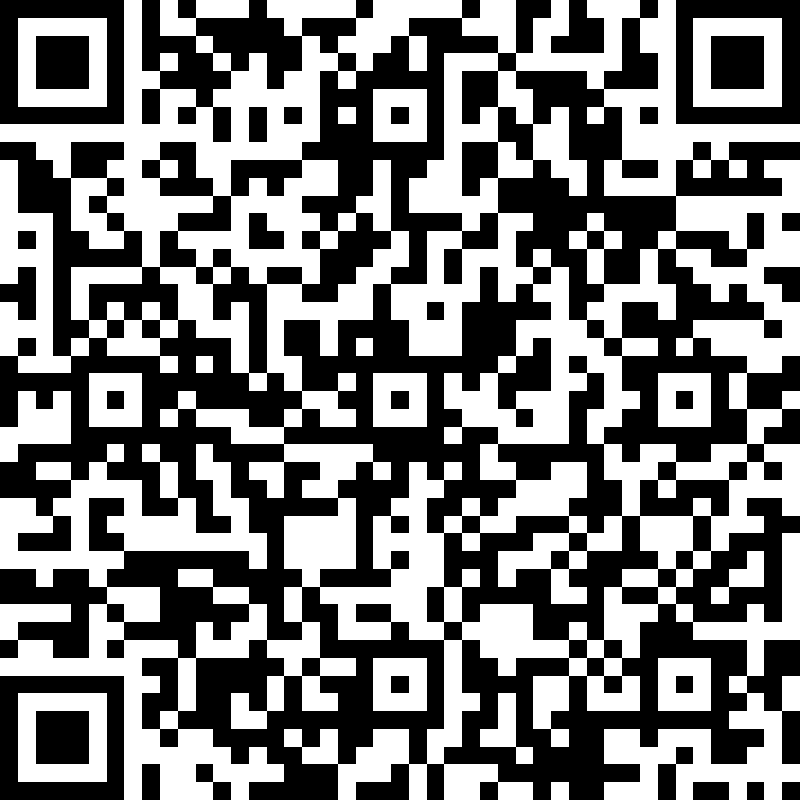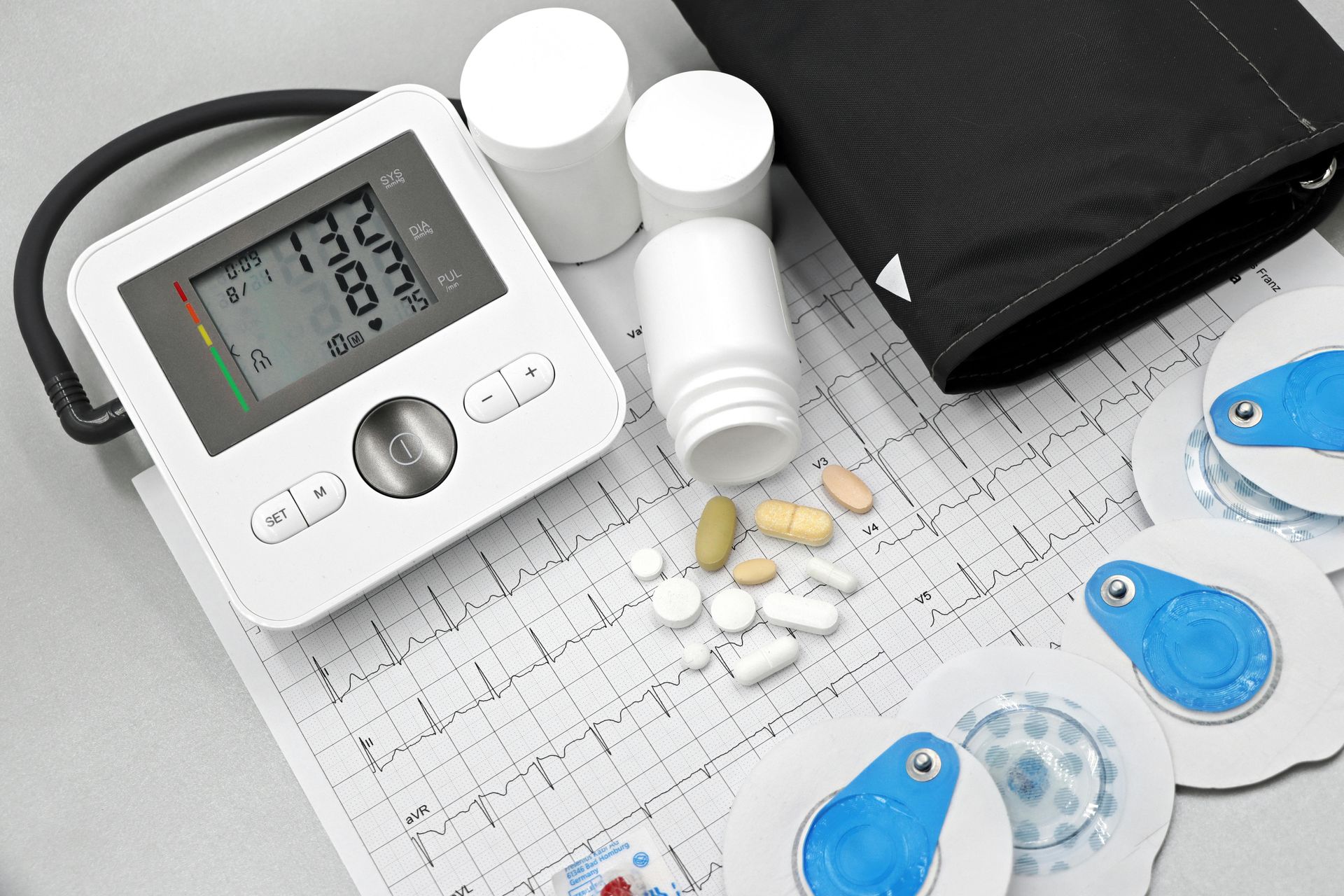Mohamad-Ali Salloum is a Pharmacist and science writer. He loves simplifying science to the general public and healthcare students through words and illustrations. When he's not working, you can usually find him in the gym, reading a book, or learning a new skill.
Breaking Free from the Chains: Understanding and Overcoming Learned Helplessness
Share
Introduction
Learned helplessness is a psychological phenomenon where an individual learns to feel helpless and passive in the face of adverse circumstances, believing they have no control over the situation, even when opportunities for change are present. This concept, first introduced by psychologists Martin Seligman and Steven F. Maier, has profound implications for understanding human behavior, mental health, and social dynamics.
Historical Background and The Experiment on Dogs
In the 1960s, Seligman and Maier conducted a seminal experiment on dogs to explore the mechanisms of learned helplessness. Here's a detailed account of their study:
1. Phase One: Initial Conditioning
o Group 1 (Control Group): Dogs in this group were placed in a harness and later released without experiencing any shocks. This group served as the baseline for comparison.
o Group 2 (Escape Group): Dogs in this group were subjected to electric shocks but could terminate the shocks by pressing a lever. These dogs learned that their actions could control the unpleasant stimuli.
o Group 3 (Non-Escape Group): Dogs in this group received electric shocks at random intervals, and their lever did not stop the shocks. These dogs learned that their actions were ineffective in altering their circumstances.
2. Phase Two: Testing in the Shuttle Box
o In the second phase, all dogs were placed in a shuttle box divided by a barrier. The dogs received electric shocks on one side of the box, but they could escape to the other side by jumping over the barrier.
o Results: Dogs from Group 1 and Group 2 quickly learned to escape the shocks by jumping over the barrier. However, most dogs from Group 3, who had previously learned that their actions were futile, did not attempt to escape. They remained passive, accepting the shocks without trying to change their situation.
This experiment demonstrated that the experience of uncontrollable events can lead to a state of learned helplessness, where individuals no longer attempt to change their circumstances, even when escape or relief is possible.
Psychological and Social Implications
The concept of learned helplessness extends beyond animal behavior and has significant implications for human psychology. It has been linked to various psychological conditions, including:
1.Depression: : Learned helplessness often manifests in depression when individuals experience repeated failures or uncontrollable negative events. This persistent sense of helplessness leads to a belief that they are powerless to change their circumstances, which can exacerbate feelings of sadness, worthlessness, and hopelessness. Imagine a student who repeatedly receives poor grades despite studying hard. Over time, they might start to believe that no matter how much effort they put in, they will always fail. This belief can lead to decreased motivation to study, withdrawal from social activities, and persistent sadness, ultimately contributing to depressive symptoms.
2. Post-Traumatic Stress Disorder (PTSD): Survivors of traumatic events, such as natural disasters, assaults, or war, may develop learned helplessness if they feel powerless to change or escape their circumstances. This sense of helplessness can intensify symptoms of PTSD, such as hyperarousal (heightened state of alertness), avoidance of trauma-related stimuli, and emotional numbness. Consider a person who has survived a car accident. If they continually relive the trauma and feel that they cannot control their environment to prevent future accidents, they might develop learned helplessness. This can result in them avoiding driving altogether, experiencing severe anxiety when they need to travel by car, and becoming emotionally detached from their loved ones.
3.Chronic Stress and Anxiety: Continuous exposure to uncontrollable stressors, such as a high-pressure job or chronic illness, can lead to learned helplessness. Individuals in such situations may feel overwhelmed and unable to cope with daily challenges, resulting in chronic stress and anxiety. Think of an employee working in a toxic work environment with an overbearing boss and unmanageable workload. Despite their efforts to improve the situation, nothing changes. Over time, the employee might develop learned helplessness, feeling that their actions are futile. This can lead to chronic stress, anxiety, sleep disturbances, and even physical health problems like hypertension.
Management and Prevention
Addressing learned helplessness involves recognizing these patterns and taking steps to regain a sense of control. Overcoming learned helplessness involves several strategies:
1. Cognitive-Behavioral Therapy (CBT)
CBT helps individuals identify and challenge distorted thinking patterns that contribute to feelings of helplessness. It encourages the development of healthier thought processes and coping mechanisms. A person struggling with learned helplessness in their career might work with a therapist to identify negative beliefs, such as "I will never succeed." The therapist would help them reframe these thoughts to be more realistic and positive, like "I can improve my skills and seek growth opportunities."
2. Setting Small, Achievable Goals
Achieving small goals can help build confidence and a sense of accomplishment. It creates a positive feedback loop that encourages further effort and success. Someone dealing with chronic illness might set a goal to walk for five minutes each day. Gradually, they can increase the duration as they start to feel more capable and confident in managing their condition.
3. Developing a Growth Mindset
Adopting a growth mindset involves viewing challenges as opportunities for learning and growth rather than as insurmountable obstacles. This shift in perspective fosters resilience and motivation. Instead of thinking "I'm bad at math and will never understand it," a student with a growth mindset would say, "Math is challenging, but I can improve with practice and effort."
4. Building a Support Network
Having a supportive network of friends, family, or colleagues can provide encouragement, feedback, and assistance in overcoming feelings of helplessness. A person feeling overwhelmed at work might reach out to a mentor for guidance and support. The mentor can offer practical advice and emotional encouragement, helping the individual feel less isolated and more capable of managing their workload.
5. Practicing Mindfulness and Stress Reduction
Mindfulness practices, such as meditation and deep breathing, can help individuals stay present and reduce feelings of anxiety and helplessness. Stress reduction techniques can also improve overall mental well-being. Someone experiencing learned helplessness due to job stress might start a daily meditation practice to calm their mind and reduce stress. Over time, this can help them feel more in control and better able to handle challenges.
6. Gradual Exposure to Fearful Situations
Gradually facing and overcoming fears in a controlled and supportive manner can help break the cycle of avoidance and helplessness. This technique is often used in treating anxiety and phobias. A person with a fear of public speaking might start by speaking in front of a small, supportive group. As they become more comfortable, they can gradually increase the size of their audience and the complexity of their presentations.
7. Positive Self-Talk and Affirmations
Replacing negative self-talk with positive affirmations can help individuals build self-esteem and resilience. This practice involves regularly reminding oneself of their strengths and capabilities. An individual struggling with self-doubt might create a list of positive affirmations, such as "I am capable and strong" or "I can handle challenges with grace." Repeating these affirmations daily can help shift their mindset from helplessness to empowerment.
8. Learning New Skills
Acquiring new skills can boost self-confidence and provide a sense of accomplishment. It also equips individuals with additional tools to handle various challenges in life. Someone feeling stuck in their career might take up a new course or certification related to their field. Gaining new knowledge and skills can open up new opportunities and help them regain a sense of control over their professional growth.
Conclusion
Learned helplessness is a powerful psychological concept with far-reaching implications for mental health, education, and workplace dynamics. By understanding the mechanisms and effects of learned helplessness, we can develop strategies to empower individuals, promote resilience, and foster environments where everyone has the opportunity to thrive.
REFERENCES:
List of Services
ABOUT THE AUTHOR
Mohamad-Ali Salloum, PharmD
Share
Recent articles:





















